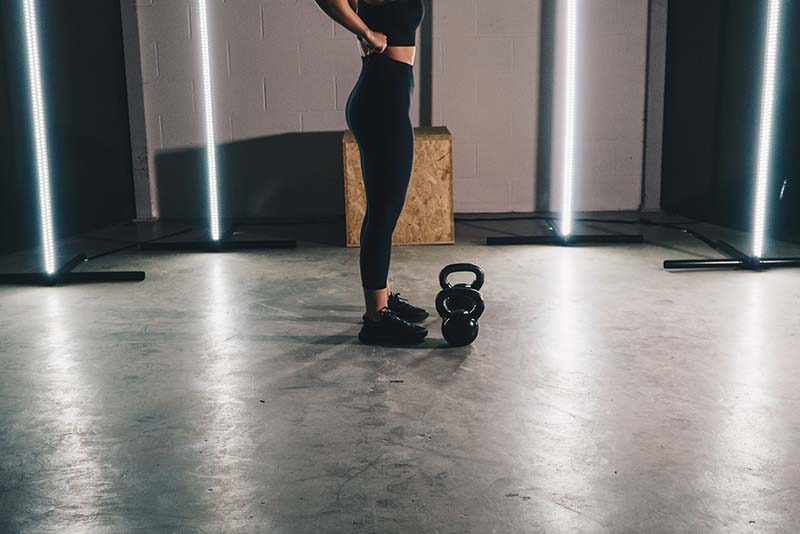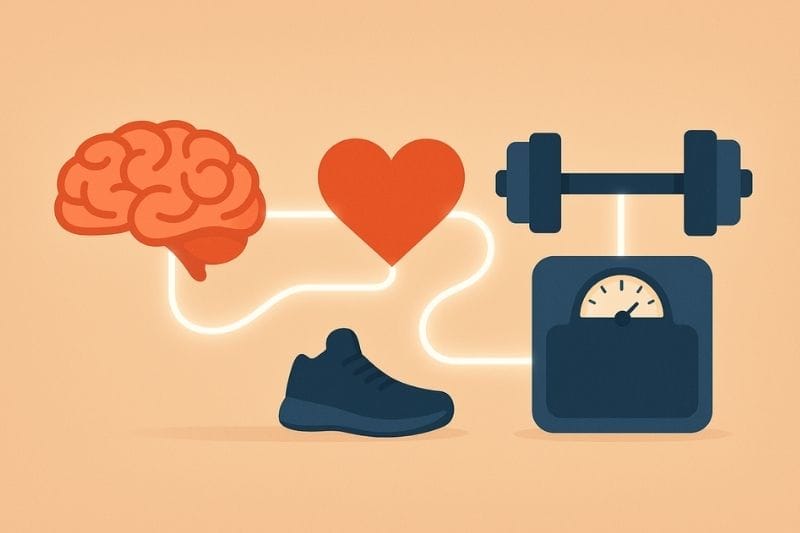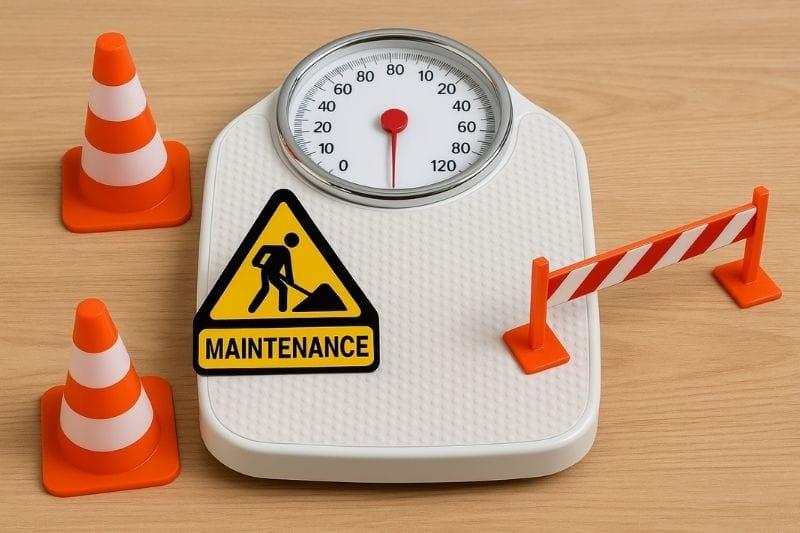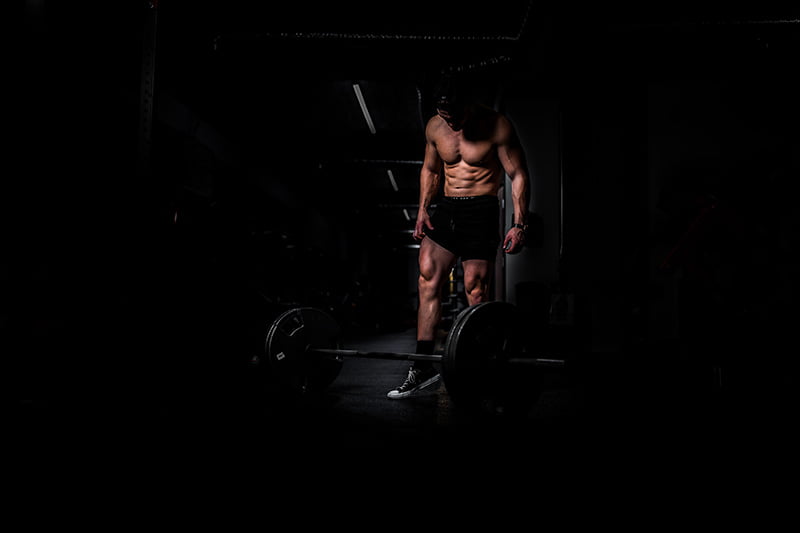Functional fitness is more than just a trend or a buzzword you might have seen on social media. It’s a way of training that focuses on improving how you move in everyday life. Whether you’re reaching up to grab something from a shelf, lifting your toddler, carrying heavy shopping bags, or simply getting up from a chair, functional fitness helps your body move better, more efficiently, and with less risk of injury.
It’s not about lifting the heaviest weights or smashing out endless reps on a leg press machine. Instead, it’s about moving well, moving with control, and building a body that’s fit for purpose, your purpose.
History of Functional Fitness
Ancient Roots
Although the term “functional fitness” feels modern, the idea behind it goes back thousands of years. Ancient civilisations such as the Greeks, Romans, and Chinese all valued physical fitness, but not just for looks or sport. Physical training was seen as essential preparation for battle, hunting, and manual labour. Movements were often based on climbing, crawling, lifting, carrying, and sprinting, all very much in line with what we now call functional training.
Greek soldiers trained using bodyweight movements, stones, and rudimentary weights. The goal was never just aesthetics, it was to build bodies capable of withstanding physical hardship and performing in demanding environments. Similarly, martial arts traditions across Asia placed a heavy emphasis on fluid, whole-body movement that prepared practitioners for real-world application.
The Modern Movement
By the late 1990s and early 2000s, there was a renewed interest in full-body training and movement efficiency. Fitness professionals and physiotherapists began to shift their focus towards exercises that could help prevent injury, improve posture, and enhance mobility, all through natural, human movement patterns.
The CrossFit Effect
A significant turning point for functional fitness came with the rise of CrossFit. Founded in 2000, CrossFit introduced high-intensity training that combined Olympic lifting, gymnastics, and cardio, all designed to improve overall fitness. It placed a strong emphasis on functional movements performed at intensity.
To be clear, functional fitness is not the same as CrossFit. And for many people, CrossFit can feel intimidating or extreme. But it’s worth recognising that CrossFit helped shine a spotlight on the importance of training for real-life movement, not just muscle isolation or fat loss. It sparked a wider conversation around functional training, and as a result, functional fitness became more accessible to a broader audience.
Today, functional fitness has grown well beyond CrossFit. It is now used in personal training, group classes, rehabilitation settings, and even elite sports performance. You can tailor it to suit your own goals, preferences, and physical condition, whether you are a beginner or someone more experienced.
Why Functional Fitness Matters
There are many reasons why functional fitness has become a core part of modern training approaches:
- Injury Prevention: By strengthening the muscles you use every day and training your body to move in safer ways, functional fitness helps reduce the risk of injury both in the gym and in daily life.
- Improved Balance and Stability: Many functional exercises engage the core and stabilising muscles, which can improve balance and reduce falls, especially important as we age.
- Better Movement Patterns: Functional training promotes good posture, joint mobility, and muscular coordination. This makes everyday tasks feel easier and more fluid.
- Greater Strength and Endurance: Rather than focusing on one muscle at a time, functional fitness builds strength across the body in an integrated way, which can help with everything from climbing stairs to sports performance.
- Adaptable to All Levels: Whether you’re recovering from injury, starting exercise for the first time, or training for a competitive goal, functional fitness can be scaled to meet you where you are.
- Relevance to Real Life: The movements you train in a functional fitness programme actually carry over into daily life. That’s what makes it so effective and rewarding.
Is Functional Fitness the Same as Strength and Conditioning?
Functional fitness and strength and conditioning are closely related, but they are not exactly the same thing. They do overlap in many ways, especially when it comes to improving how your body moves and performs, but they have slightly different focuses and applications.
Strength and conditioning is a structured training approach used to improve athletic performance. It often includes a mix of weight training, speed work, agility drills, and cardiovascular fitness. The goal is to build strength, power, endurance, and resilience in a way that supports specific sports or performance goals. It’s commonly used by athletes but is also beneficial for anyone wanting to improve physical capability.
Functional fitness, on the other hand, is more focused on improving movement for everyday life. That includes lifting, bending, twisting, walking, reaching, and stabilising your core. It’s often used in general fitness, rehabilitation, and personal training settings, and it can help people of all ages move more freely and avoid injury.
Where They Overlap
Many of the exercises used in functional fitness are also used in strength and conditioning programmes. Squats, lunges, planks, and kettlebell movements are common in both. Both approaches value good form, mobility, and building strength through compound movements. They also both help improve your physical confidence and resilience.
The Key Difference
The main difference lies in the purpose. Strength and conditioning usually prepares you for sport or high-level physical performance. Functional fitness prepares you for life. But that doesn’t mean they are opposites. In fact, combining elements of both often gives you the best of both worlds – a body that is strong, capable, and well-prepared for anything you ask of it.
Does Traditional Weightlifting Still Have a Place?
Yes, absolutely. Functional fitness is not about replacing traditional weightlifting or claiming one style is better than the other. Regular weight training still has a valuable place in any well-rounded fitness routine.
Classic compound lifts like bench press, overhead press, barbell squats, and barbell deadlifts can all contribute to better overall strength, muscle mass, and bone density. These lifts, when done with good technique, can also improve posture, power, and resilience.
The key is balance. Isolation exercises and traditional lifts can be excellent for targeting specific muscles, correcting imbalances, and helping you push strength gains in a more controlled way. They also allow for progressive overload, which is essential if your goal is to build muscle or increase maximum strength.
So rather than choosing between functional training and traditional weightlifting, it often works best to combine the two. Functional movements can improve how you move and feel day to day, while traditional lifts can help you get stronger, build muscle, and stay physically robust, and many exercises as you will see below, overlap anyway!
Top Functional Fitness Exercises:
Squats: Mirroring the action of sitting down and standing up, squats engage the quads, hamstrings, glutes, and core.
Lunges: Reflecting the motion of walking or running, lunges work on the lower body and improve balance.
Push-ups: A fantastic exercise for upper body and core strength, push-ups mirror the action of pushing something away from the body or catching yourself in a fall.
Pull-ups: Simulating the act of pulling oneself up or pulling something down, pull-ups focus on the back, biceps, and shoulders.
Deadlifts: Reflecting the act of lifting objects from the ground, deadlifts are pivotal for lower back, glute, and hamstring strength.
Kettlebell Swings: These enhance explosive power in the hips and strengthen the entire posterior chain.
Box Jumps: Promoting leg strength and explosive power, box jumps are also great for cardiovascular conditioning. If you hate these though or find them scary, you don’t need to do them though. I hate them if I am honest!
Farmers Walk: Carrying heavy weights for a set distance mimics carrying groceries or luggage, enhancing grip strength and core stability.
Planks: A foundational core exercise, planks are essential for stabilising movements involving the trunk.
Turkish Get-ups: This complex movement, often done with a kettlebell, promotes mobility, stability, and full-body strength.
So, Is Functional Fitness for You?
Functional fitness is for everyone, whether you’re a complete beginner, someone who wants to feel less stiff and more mobile, or an athlete looking to build well-rounded strength. You do not need to do handstands or lift heavy weights. You just need a willingness to move with purpose and an interest in improving how your body works in the real world.
If you want to get stronger, feel more capable in your everyday life, reduce the risk of injury, and build a body that works well rather than just looks good, functional fitness is a brilliant place to start.
I can help you…
Want to get stronger, fitter or gain muscle?




